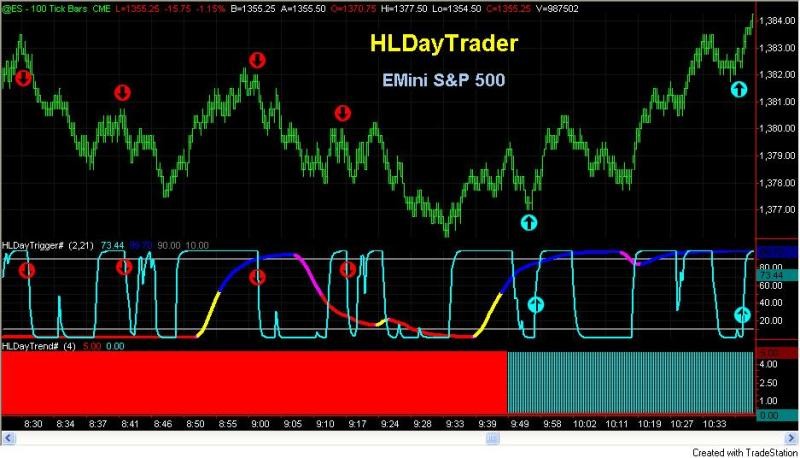Forex Trend Indicator
Post on: 30 Апрель, 2015 No Comment

Bull market or Bear? Whatever time frame you trade you need to know..
n.b. you can now download The Forex Polarity Indicator – an excellent trend indicator – from the members area of this site. Membership is free, just sign up using the form on any page. More details about the polarity indicator can be found at:
One of the oldest sayings in trading is the trend is your friend . Its meant to imply that you should always trade with the trend. But there are many systems for counter trend trading that rely on knowing the current trend.
There are also many forex trend reversal strategies that aim to catch a smaller trend within a larger trend. Once more, knowing the trend is crucial to success.
The important thing is: you must be able to identify forex trends if you are going to trade the forex market.
To do this many traders employ a trend indicator. The definition of a trend indicator is a bit loose. If you go to the Metatrader 4 trading platform and have a look under indicators for example, MACD is not listed under the trend heading, but under oscillators. Yet some traders consider it to be a trend indicator.
The point is a great many indicators could be employed to track forex trends, depending on how they are used.
For example, another oscillator, the stochastics indicator can be interpreted to indicate a change in trend when the main line and the signal line cross over one another. The worth of the indicator in any forex trend system is how well it works, whether it is officially recognised as trend related or not.
The major recognised trend indicators are: Moving Averages, Average Directional Movement Index (ADMI), Bollinger Bands, Commodity Channel Index (CCI), and Standard Deviation. I dont intend going into a detailed explanation or discussion of each, merely noting that they, along with a host of other indicators, can be used in determining trend. The markets are full of talk of the various indicators, but I would like to concentrate here on the best one to employ in trend trading.
And the winner is: the 20 EMA. Its a little known fact that many of the bank traders and professionals trade all day long off the 20 EMA (in combination with other signals of course). The second best, and the most widely used indicator for forex trends is the 200 EMA.
I use the 20 EMA in my Bladerunner strategy, and I sometimes plot a 200 EMA on a longer time frame chart, just to get a visual idea of the current trend. I like them because they are on chart indicators, easily viewed alongside price action itself.
But aside from using a forex trend indicator, probably the best way to see which way price is heading at a glance is the old simple recipe of:
- Consecutive higher highs indicate an uptrend
- Consecutive lower lows indicate a downtrend
It doesnt really get any simpler than that. The following illustration shows a 20 EMA plotted on a chart. In it you can see how both ways of assessing trend are readily visible
20 EMA
When price is above the 20 EMA it is likely to stay there and perhaps move higher. When price moves below the 20 EMA it is likely to stay below, and perhaps move lower.
The same observation can be made with respect to the highs and lows. In the illustration there are obvious consecutive lower lows being formed as we move to the right of the chart. This is a clear indication that price is trending down .
The next section you may wish to look at in order to arm yourself better for forex trading is Forex Candlesticks














